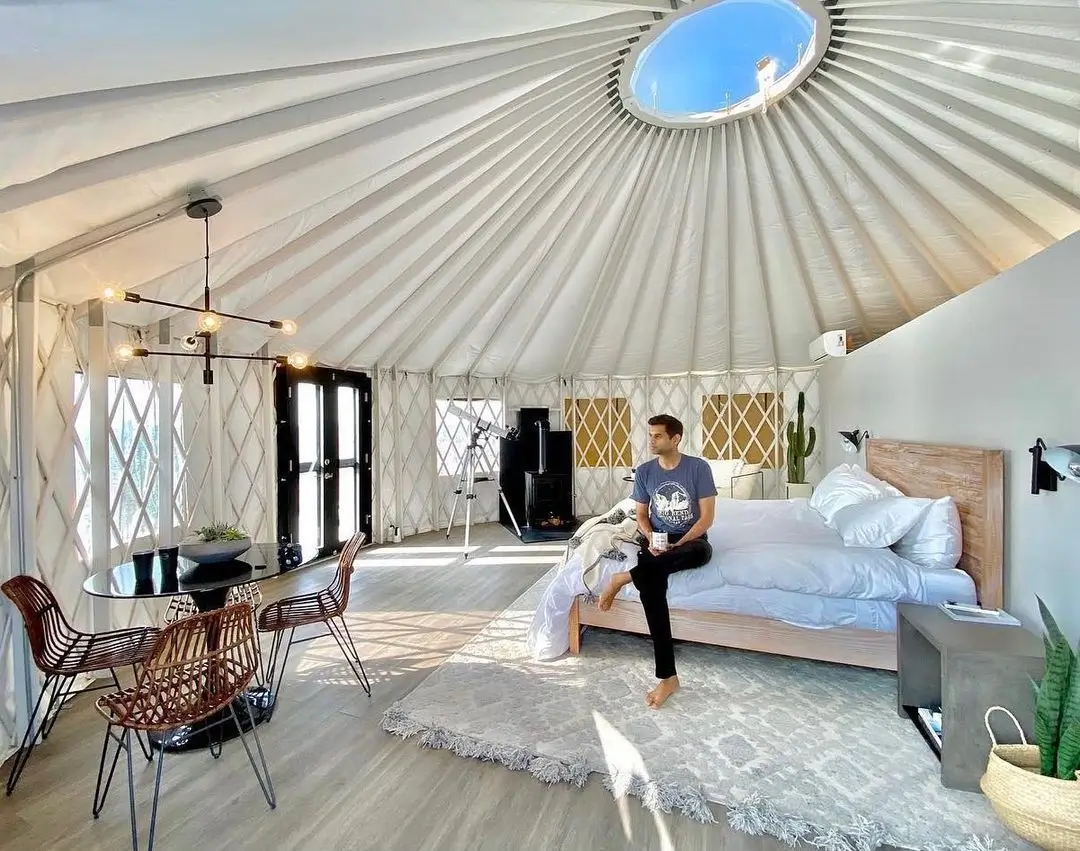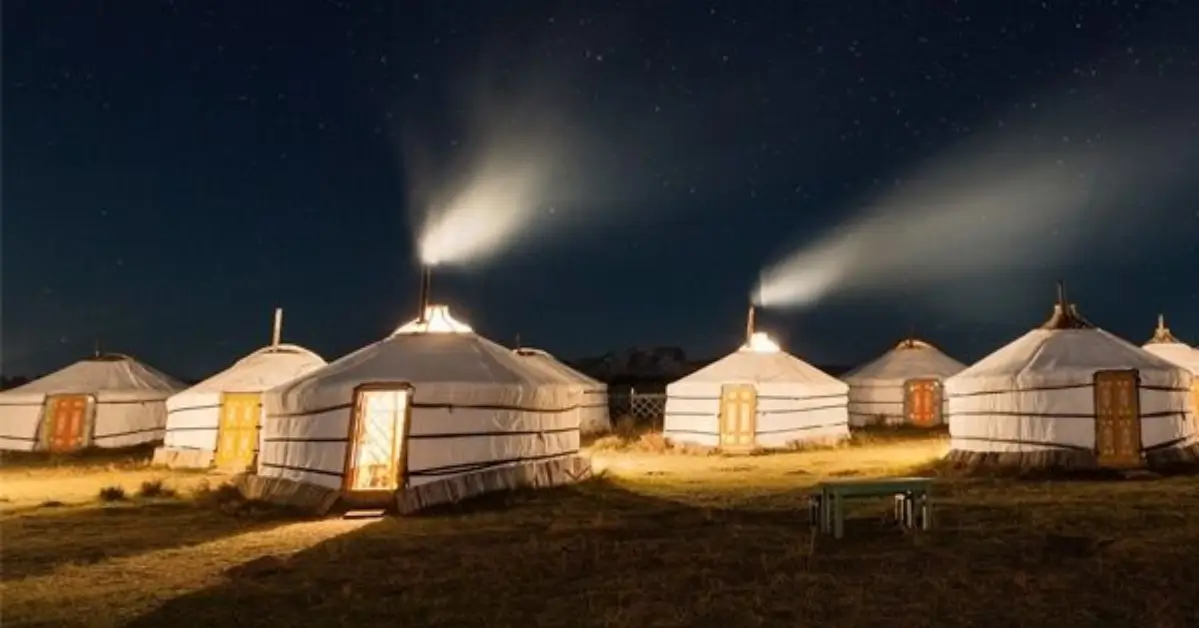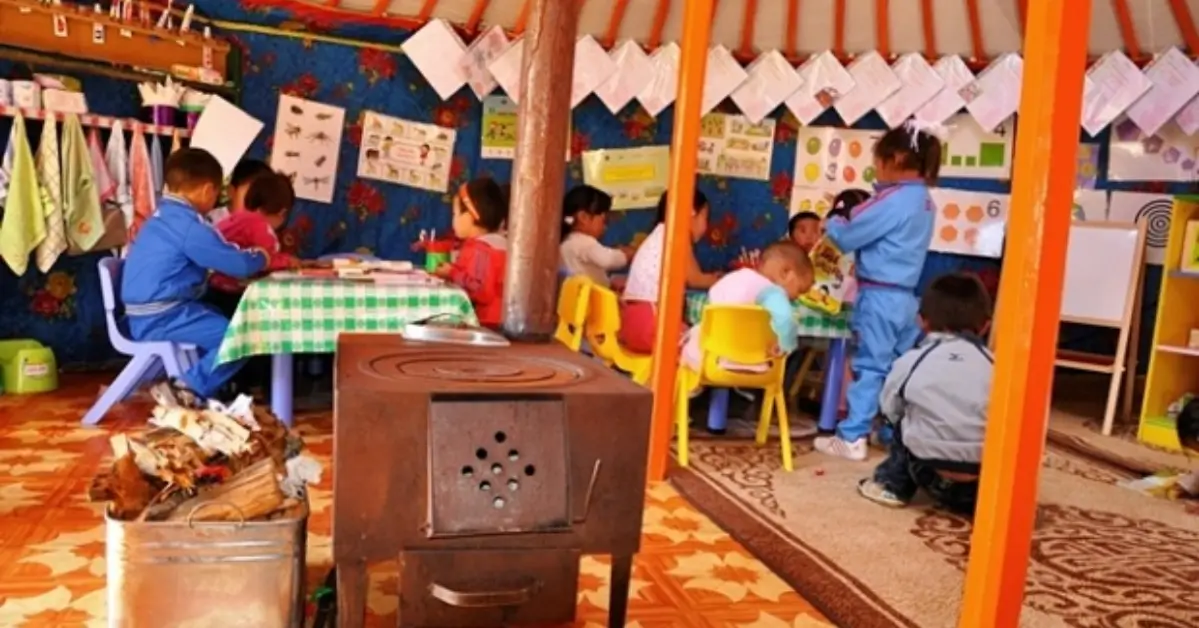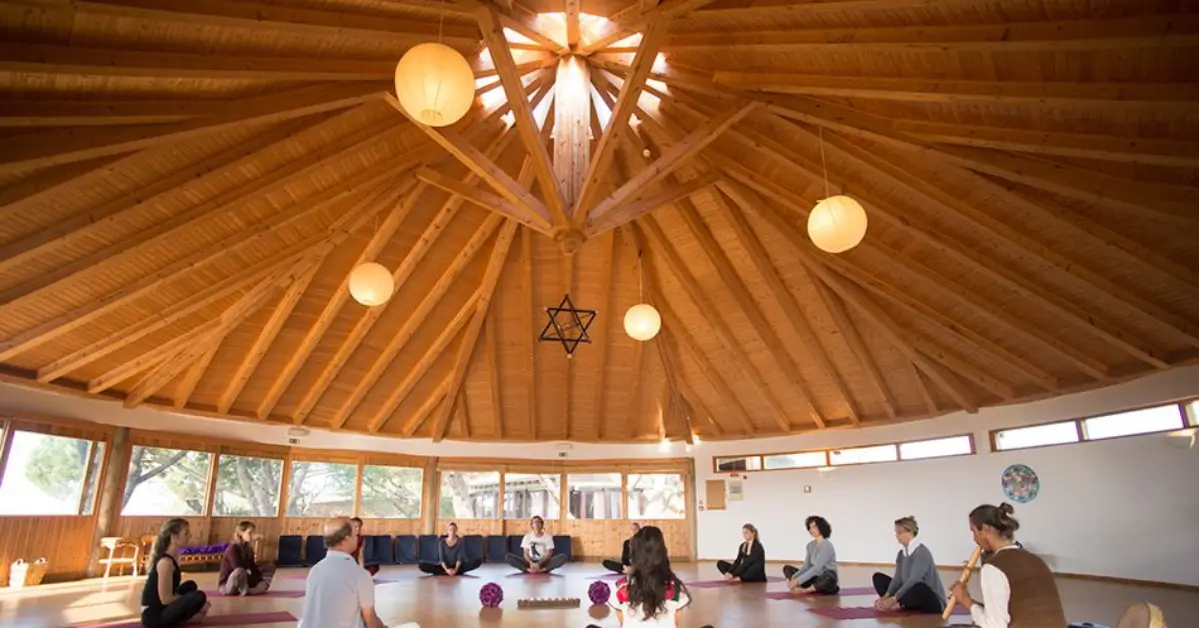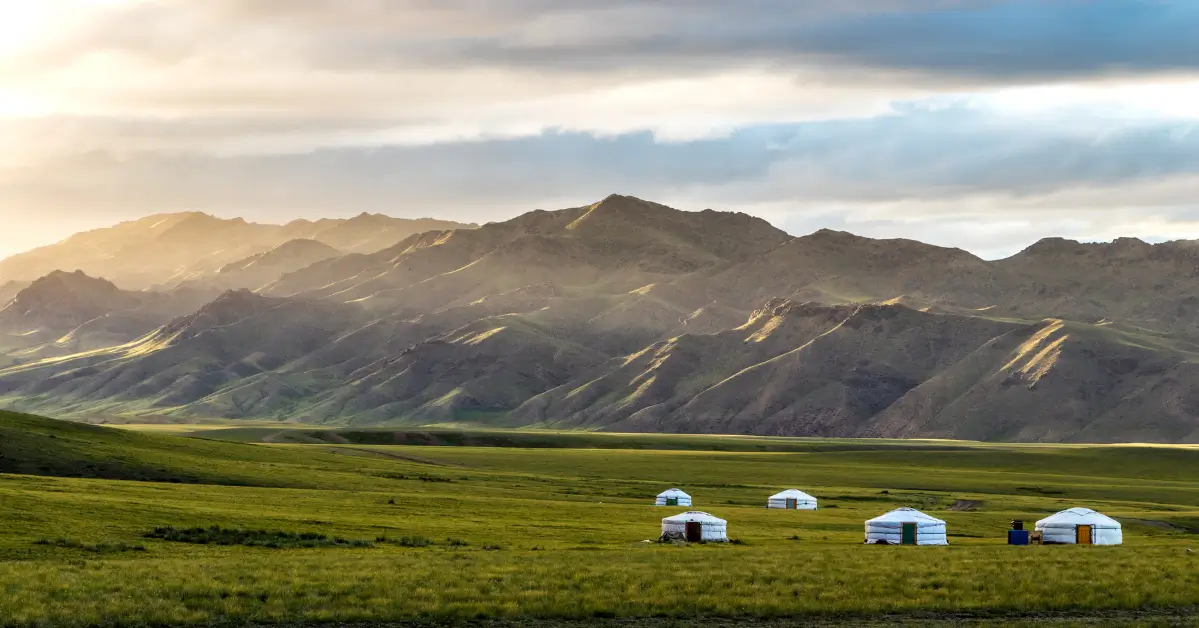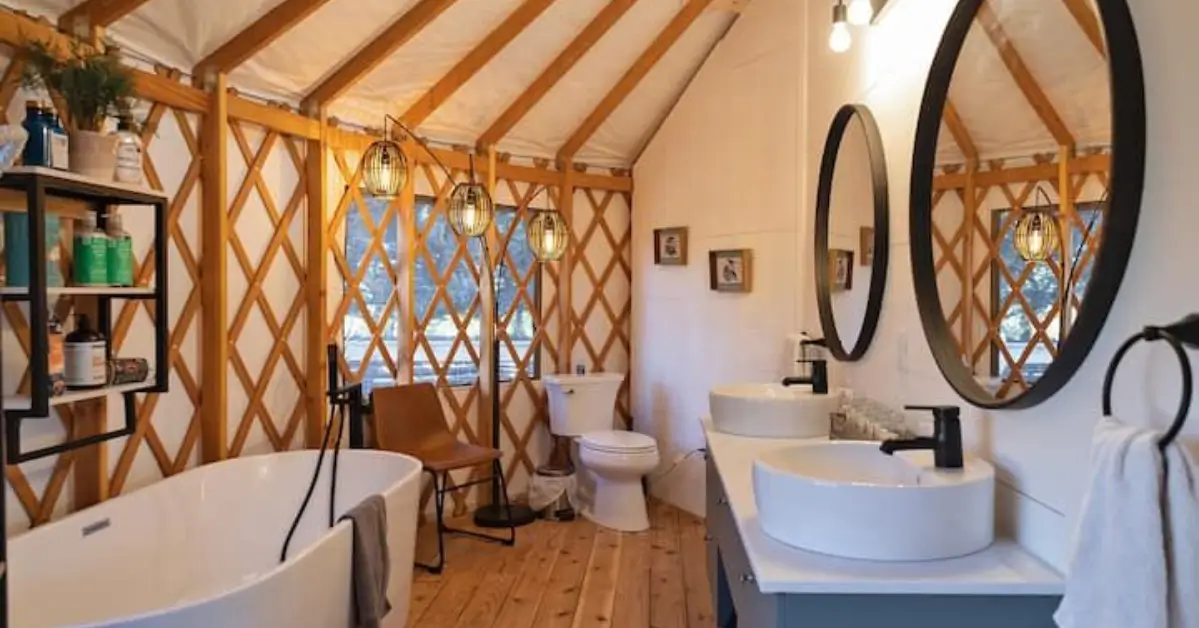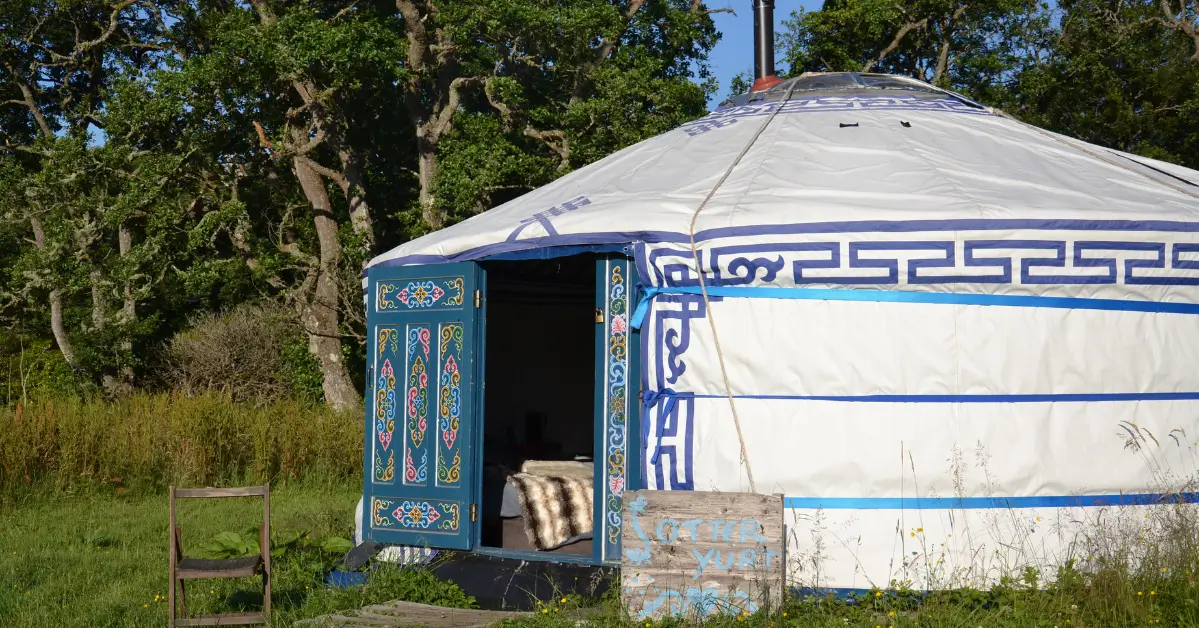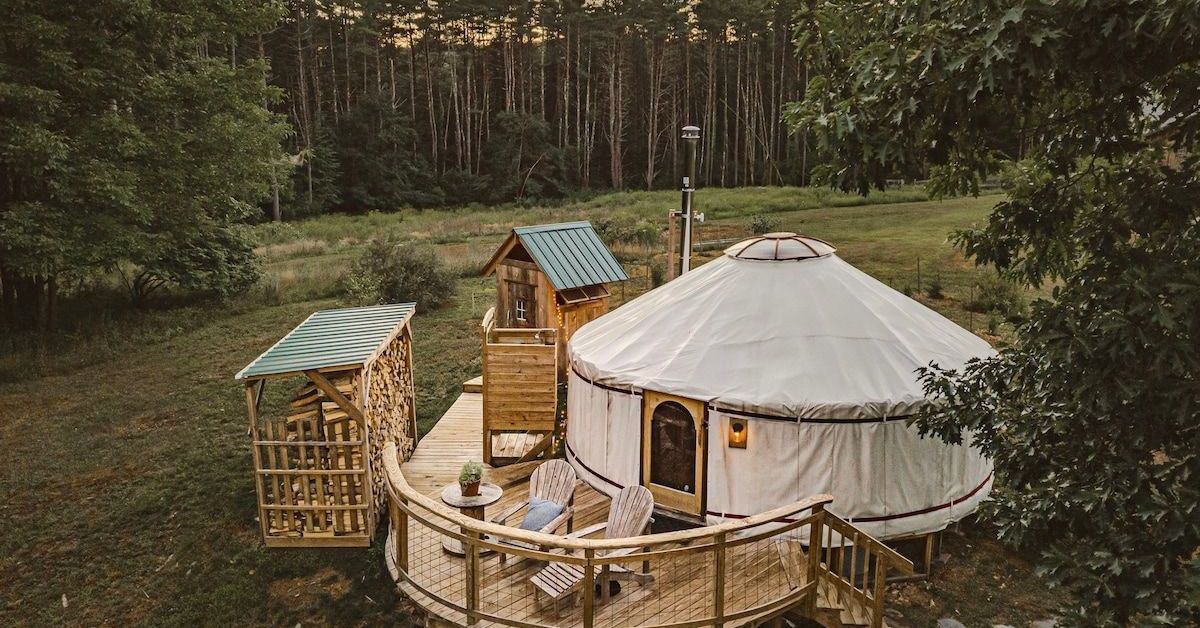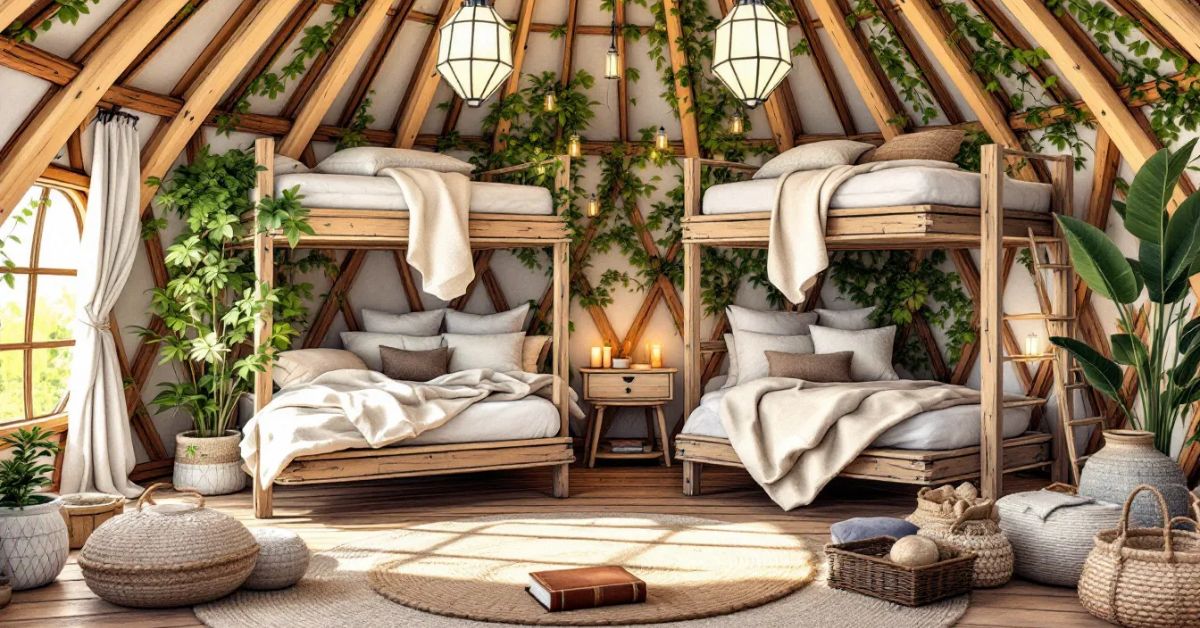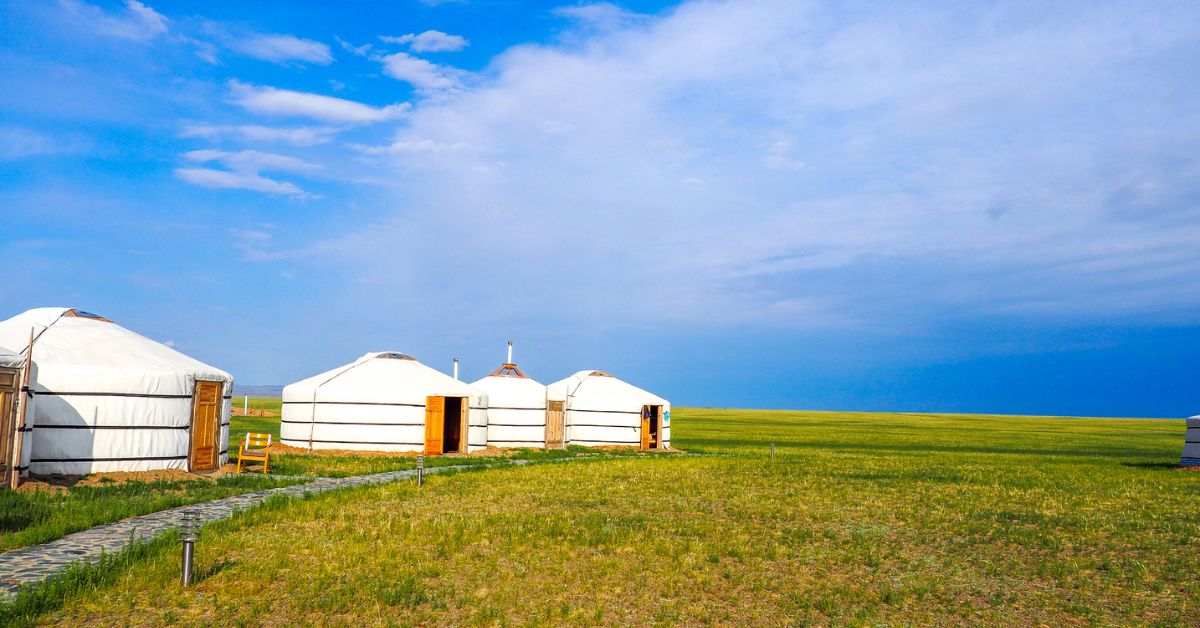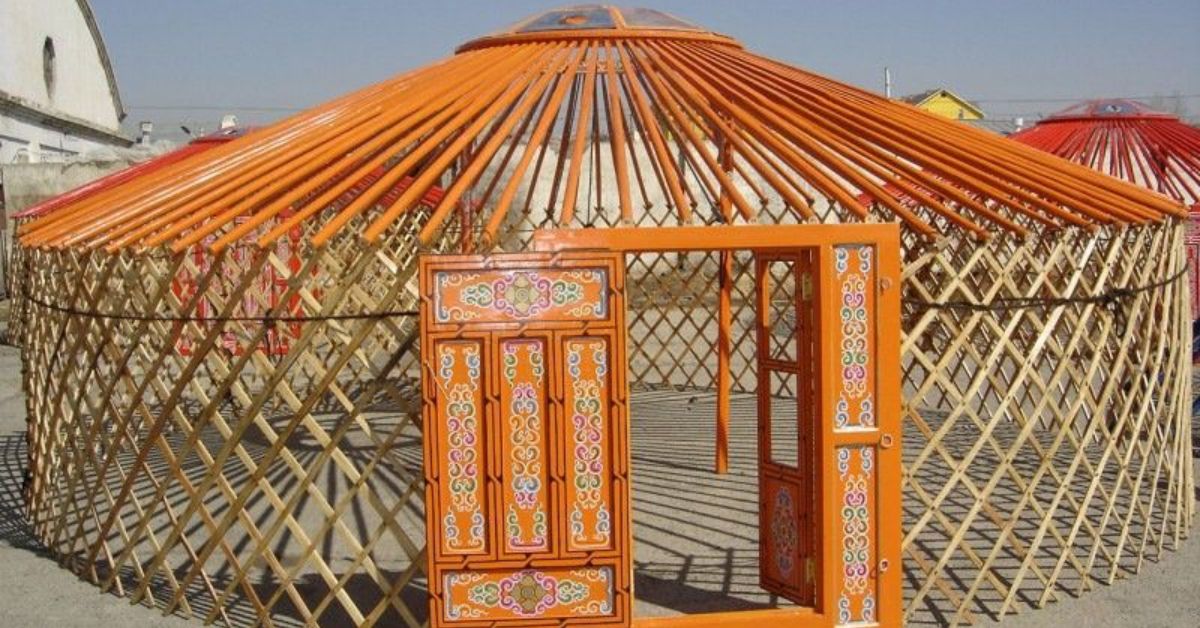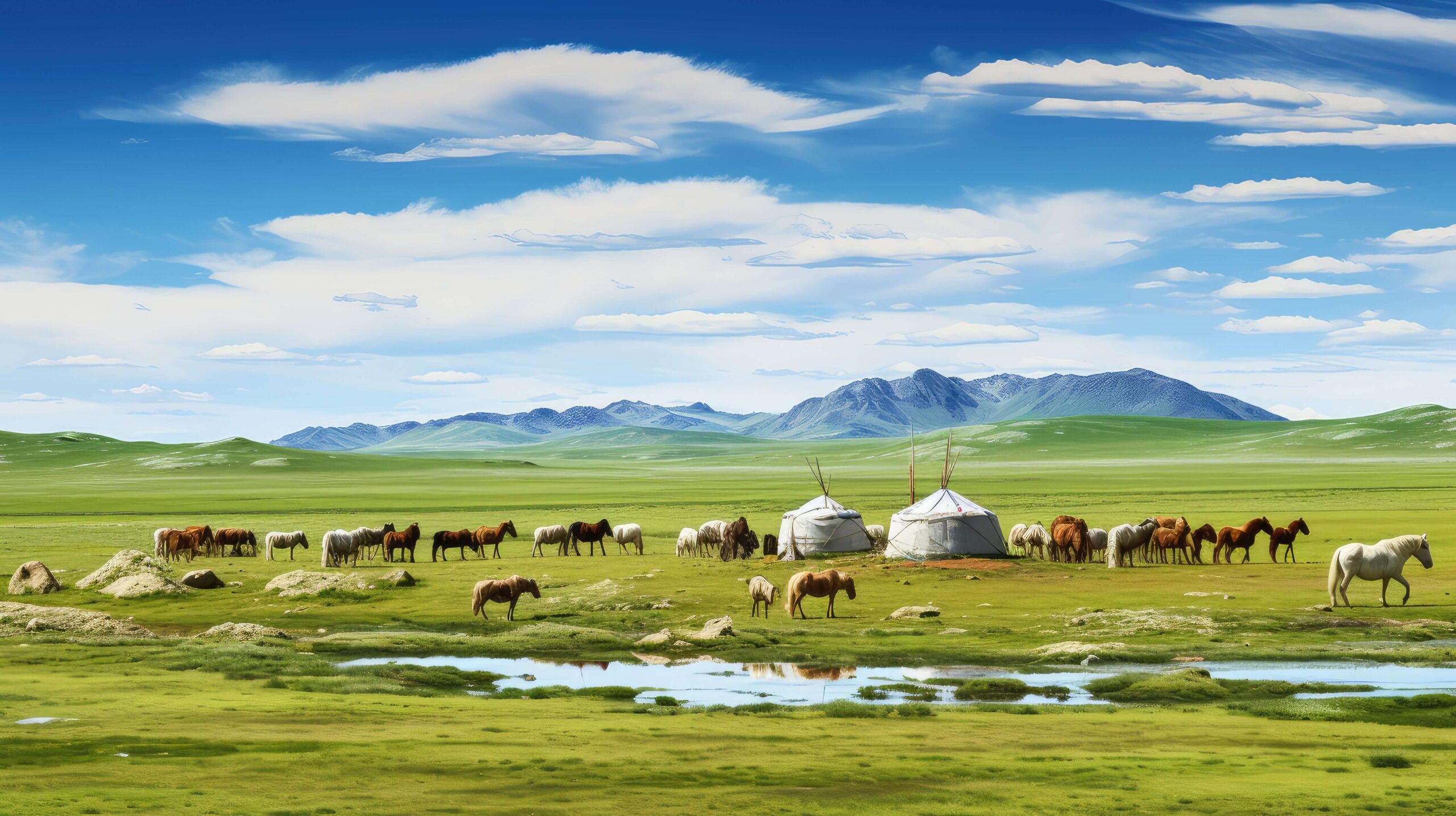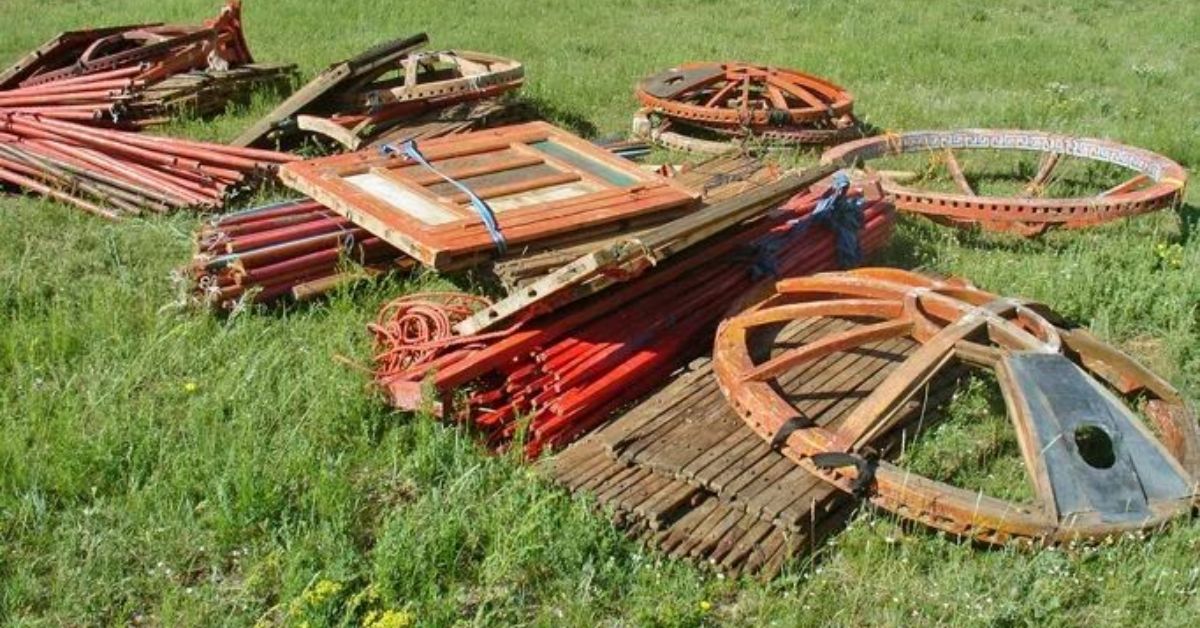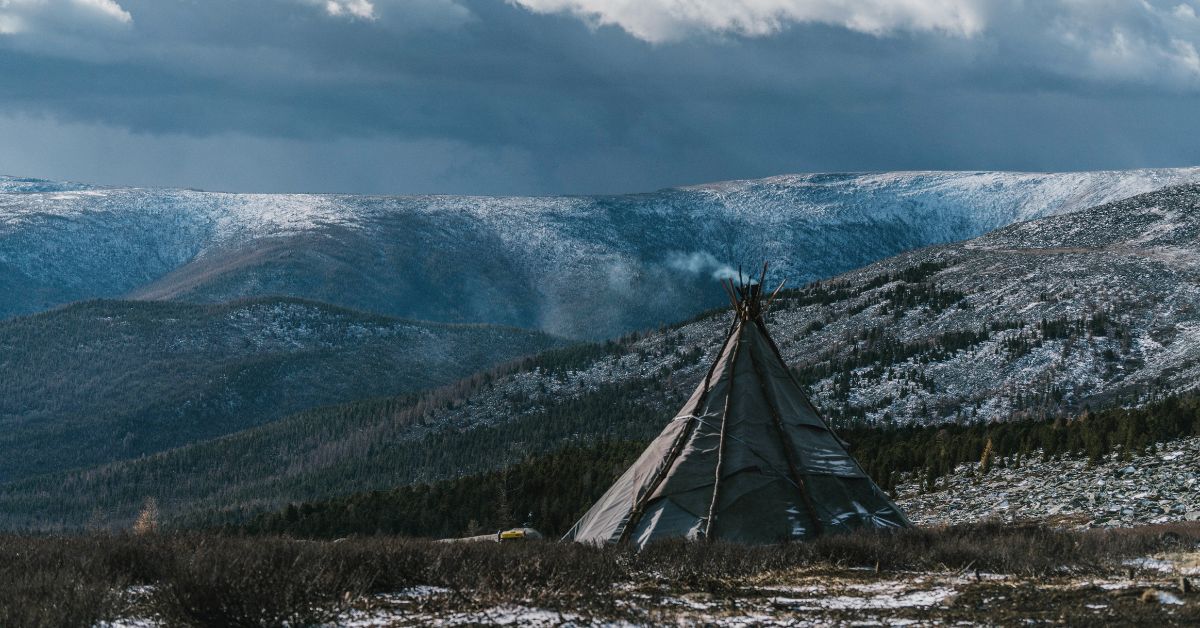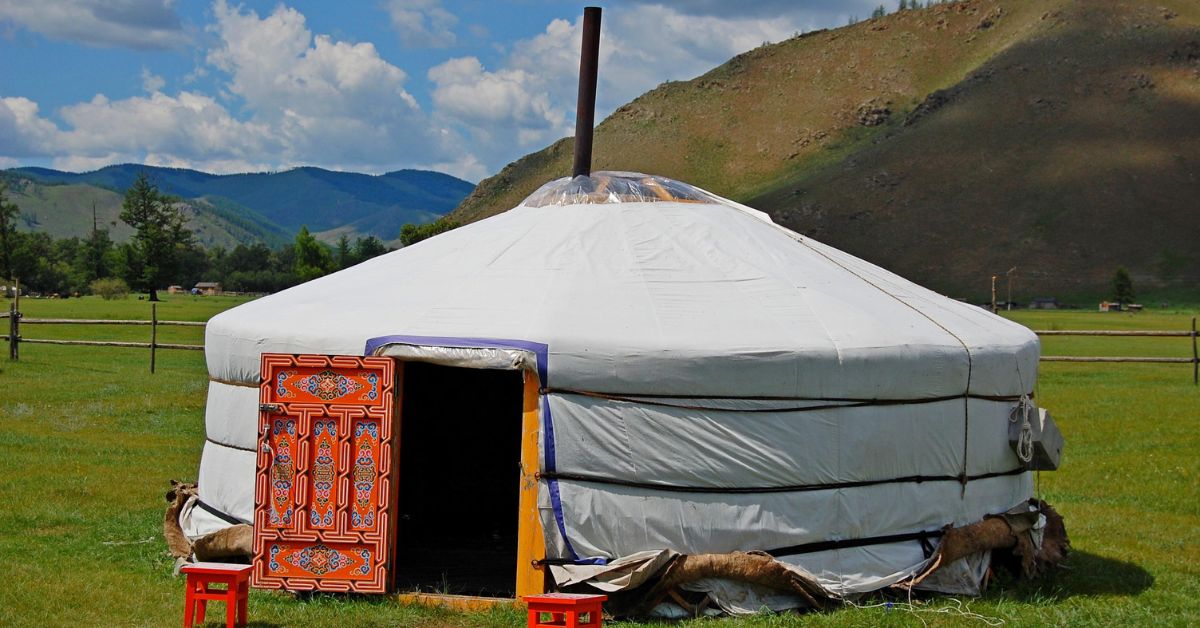If you’re interested in Mongolian ger history and culture, you’ll definitely want to learn about the history of Mongolian Gers. These unique dwellings have been a part of Mongolian life for centuries, and each one tells a story.
In this blog post, we will discuss the origins of Mongolian Gers, their use throughout history, and some of the unique features that make them so special. We hope you enjoy it!
First Mongolian people call yurt for Ger. Ger means home and here is the pronunciation for ‘Ger’
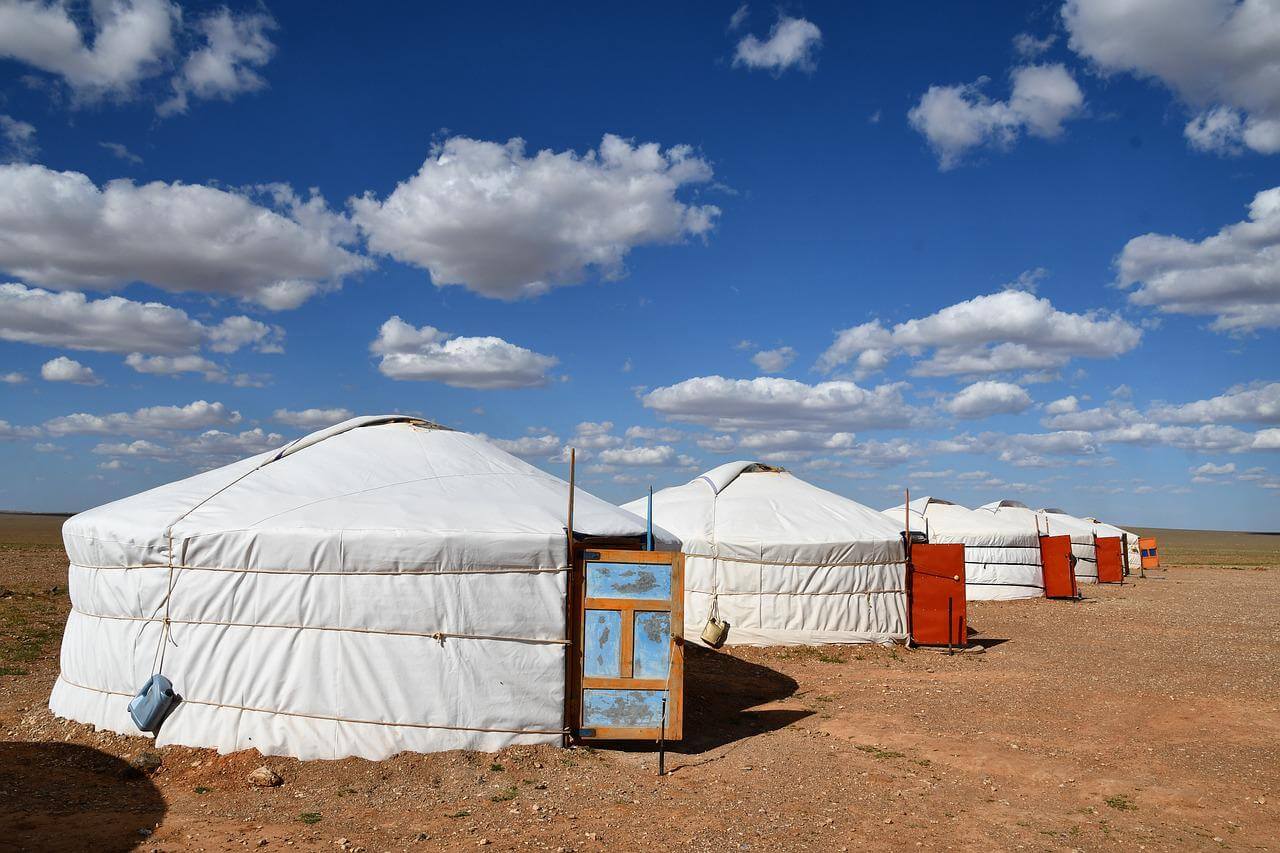
History of the Mongolian Empire
The exact origins of the ger are hard to pinpoint, but it’s believed to have been developed by nomadic tribes in Central Asia more than 3,000 years ago. The design of the ger is perfectly adapted to the nomadic way of life, allowing for rapid assembly and disassembly, which facilitated the frequent moves of nomadic groups following their herds across the vast steppes
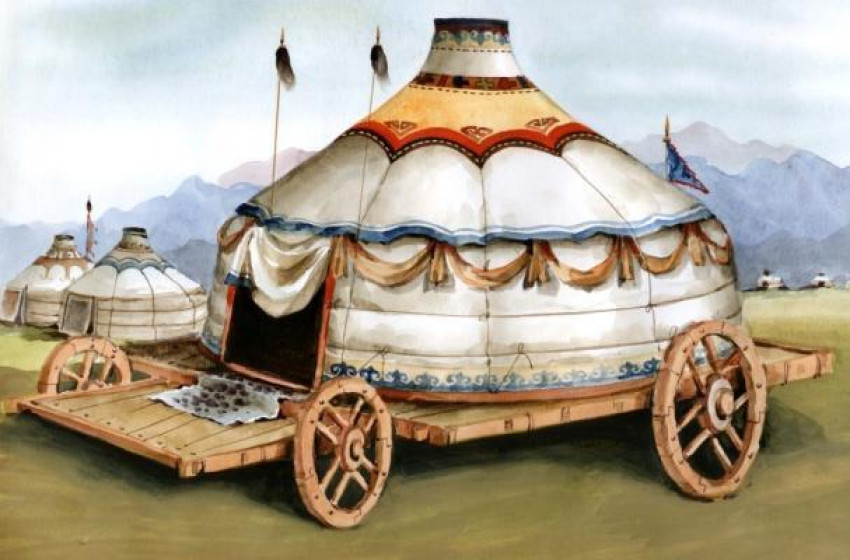
The Mongolian ger was established more than 3,000 years ago, as several petroglyphs show. The most obvious example is the rock painting of Bugat sum in Ovorkhangai province, which depicts a house with a chimney. There were various types in the 13th century.
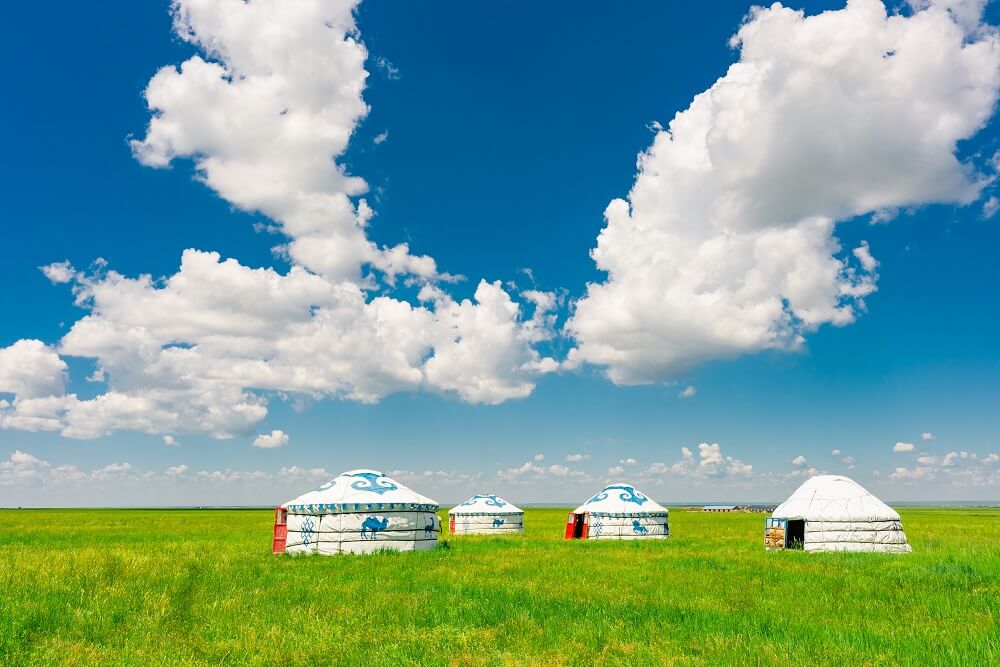
There were large houses that could accommodate hundreds of people, where they received foreign and domestic envoys and held congresses. It was the yurt that the nobles carried to war.
This war-purpose home is called a ‘Gerluge’.
A grass house was made of willows and had grass-covered walls, while a ‘Khoshlig’ house was one shaped like an urn.
Mongolian kings in the 13th century used to move around on carts pulled by dozens of oxen. In addition to the big wagons, there were also many small wagons for protection and eight oxen per wagon.
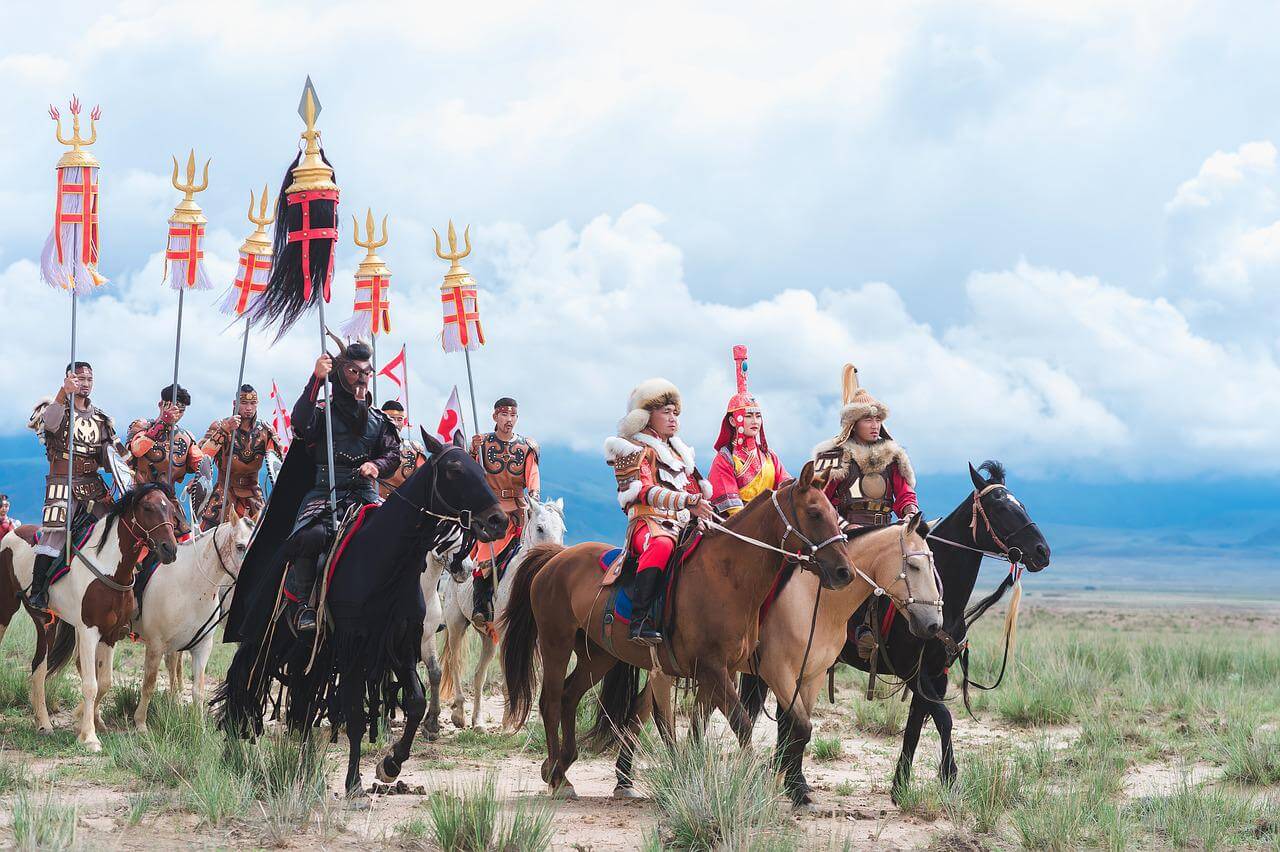
The Mongolians were a nomadic people, and they moved from place to place in search of new grazing grounds for their animals. Mongolian gers were designed to be easily transported so that the Mongol nomads could take them with them on their journeys.
Structure and Features
The traditional Mongolian ger is a circular structure with a wooden frame covered by layers of fabric and felt, which are made from the wool of sheep and other herd animals.
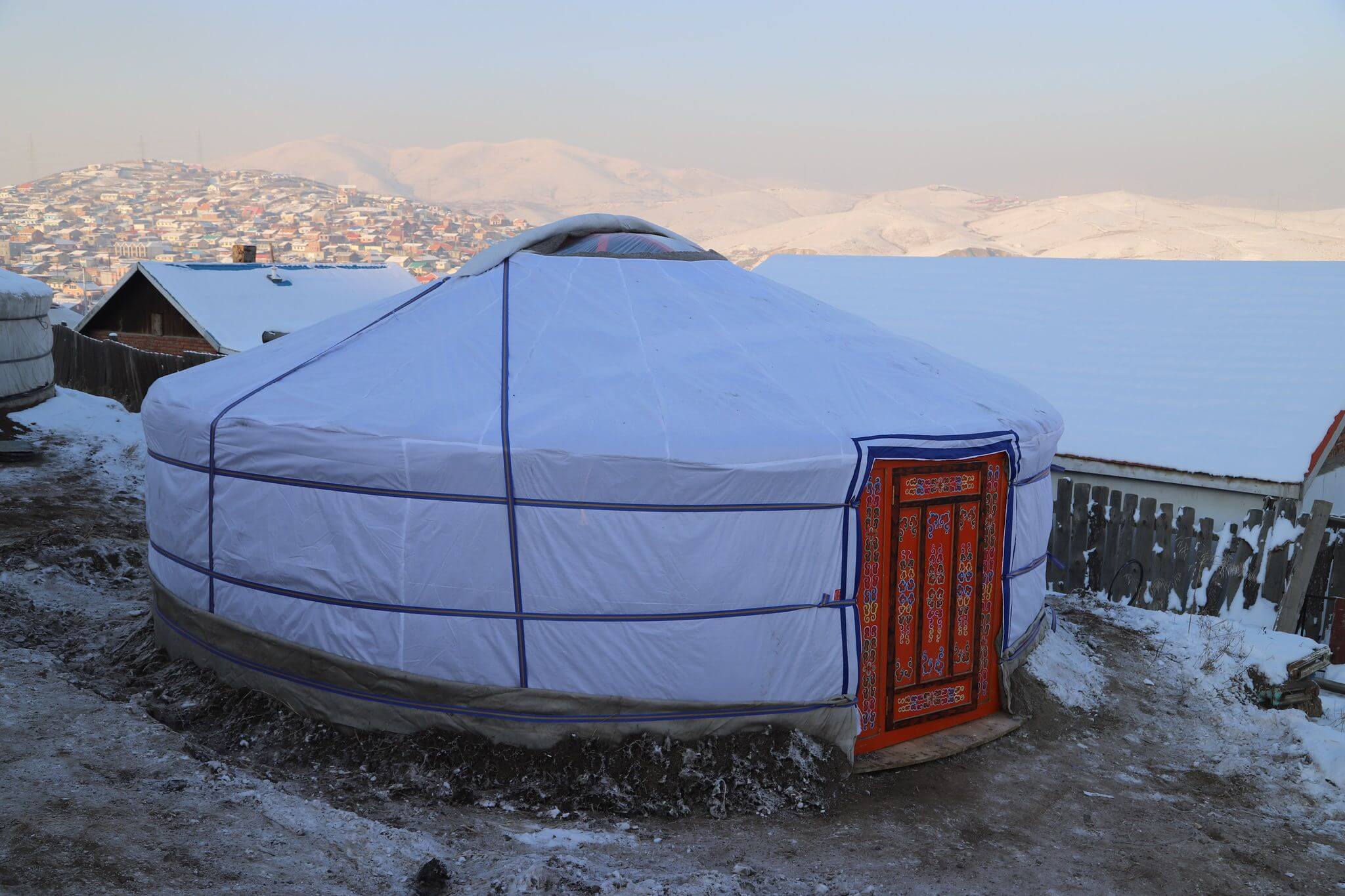
The design is remarkably sustainable, providing both warmth in the harsh winters and coolness in the hot summers. The roof is supported by a central crown, or toono, with spokes radiating outward to the circular frame. The door typically faces south to keep out the prevailing north winds
Mongolian Yurts For Sale
Buy Mongolian Yurts without extra cost
Evolution and Modern Use
Today, Mongolian gers are still used by Mongol nomads, and they are also becoming increasingly popular with tourists. Mongolian gers have a unique and fascinating history, and they offer a glimpse into the traditional Mongolian lifestyle.
While many Mongolians continue to live in gers, especially in rural areas, the structure has also adapted to modern needs. Some are fitted with solar panels, satellite dishes, and other modern amenities, blending centuries-old traditions with contemporary technology. Moreover, the ger has become a symbol of Mongolian national identity and pride, celebrated in festivals and public events both in Mongolia and internationally.
Mongolian ger history with Shamanistic
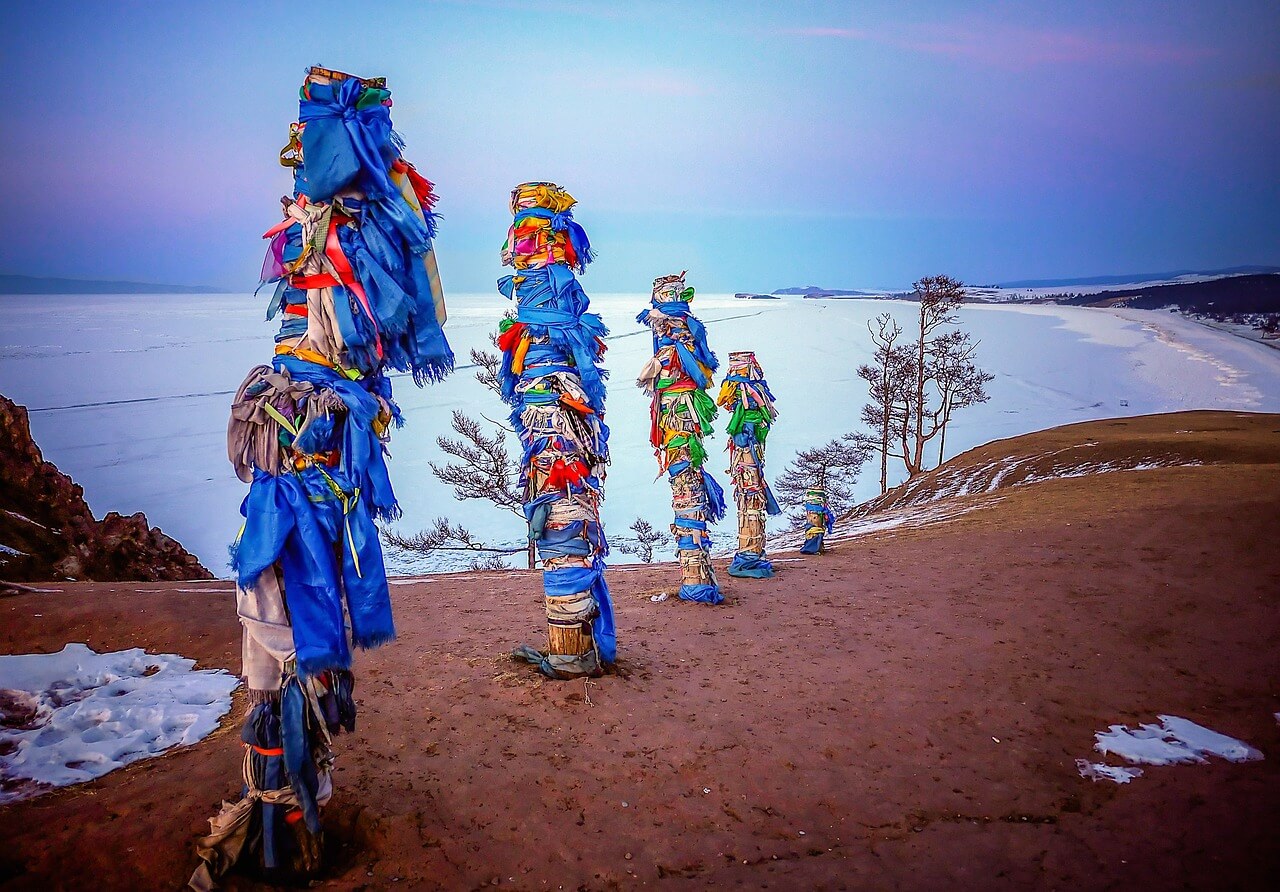
It is believed that Mongolian gers have been used in shamanistic rituals for centuries. Mongolian shamans are said to use gers as a place to connect with the spirit world.
The unique design of Mongolian gers is thought to play a role in these rituals, as it is believed that the shape of the ger helps to channel spiritual energy.
In Mongolian secret book
The Mongolian ger has a long and storied history, dating back centuries. Interestingly, the ger is mentioned in a Mongolian secret history book, which provides a unique glimpse into its past.
According to this book, the ger was used by Mongolian warriors as they swept across Asia and Europe. In fact, the ger was so essential to Mongolian nomadic life that it was even used as a form of currency!
5 interesting fact about Mongolian Ger Yurt
Yurt country of origin
The Mongolian ger is believed to originate from the Eurasian Steppe, specifically the regions that are now part of modern-day Kazakhstan and Russia.
The first Mongolian gers were likely similar to the yurt-like structures used by Turkic and Mongol nomads for centuries. The ger is thought to have spread westward with the Mongol Empire in the 13th century.
The traditional Mongolian ger is a round, portable dwelling made from wood, felt, and animal hair. The structure is covered with a felt or canvas outer layer, and has a wooden doorframe and lattice walls.
The ger is usually anchored to the ground with ropes or stakes, and has a central support pole. Mongolian gers are typically white in color, symbolizing purity, and have a blue door, which represents the sky.
Why is Ger
Mongolian gers are portable, round tents that are traditionally made from felt and wood. They can be easily dismantled and transported, which has made them a popular choice for Mongol nomads throughout history.

Gers are warm in the winter and cool in the summer, making them the perfect shelter for those who live in harsh climates. The unique design of Mongolian gers also allows for easy ventilation, which is important in a country where the summers can be very hot.
FAQ for Ger & Yurts
Why did Mongols use yurts?
Mongols used yurts because they were portable, weather-resistant, and relatively easy to construct. Yurts are also well-suited for life on the Mongolian steppe, where the weather can be unpredictable and harsh.
How do Mongolians heat their yurts?
Mongolians traditionally heat their yurts by burning dried dung in a small stove. Dung is an abundant resource on the Mongolian steppe, and burning it provides both warmth and light.
Some Mongolian families also use solar panels to power electric heaters and lights in their yurts. Also if you are interested in What is inside a Yurt? check this link out
Why do yurt doors face south?
Mongolian yurts are traditionally oriented so that the door faces south. This is thought to be because the south is where the sun resides, and thus it is considered the source of life and warmth.
Mongolians also believe that the spirits of their ancestors come from the north, so they place their yurt doors facing away from that direction.
Do yurts have toilets?
Mongolian yurts do not traditionally have toilets. Instead, people relieve themselves outside in a designated area. However, some Mongolian families who live in cities or tourist areas have installed toilets in their yurts for the convenience of guests.
Related Content:
Share to Public

